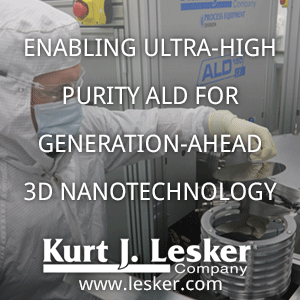Here is a fresh review in Advanced Materials on ALD modelling from Simon Elliott and co-workers at Tyndall National Institute University College Cork. It contains an rather interesting part on MLD/ALD combination.
The article lists the following four major challenges for modelling ALD:
- Computing Precursor Volatility
- The Effect of Weak Interactions on Adsorption
- Modeling Plasma-Enhanced ALD
- Simulating Processes Over Long Time Scales
Modeling Mechanism and Growth Reactions for New Nanofabrication Processes by Atomic Layer Deposition
Simon D. Elliott, Gangotri Dey, Yasheng Maimaiti, Hayrensa Ablat, Ekaterina A. Filatova1 and Glen N. FomengiaArticle first published online: 21 DEC 2015
DOI: 10.1002/adma.201504043
Recent progress in the simulation of the chemistry of atomic layer deposition
(ALD) is presented for technologically important materials such as
alumina, silica, and copper metal. Self-limiting chemisorption of
precursors onto substrates is studied using density functional theory so
as to determine reaction pathways and aid process development. The main
challenges for the future of ALD modeling are outlined.
Queen Elisabeth investigating The Tyndall Effect sporting a clean room hat and Class 100 stealth clean room gloves at a visit to Tyndall Institute, University College Cork in 2011.
Queen Elisabeth investigating The Tyndall Effect sporting a clean room hat and Class 100 stealth clean room gloves at a visit to Tyndall Institute, University College Cork in 2011.



%20(1).png)
No comments:
Post a Comment